In a world where snakes are often portrayed as villains in stories, movies, and cultural mythologies, the concept of a non-venomous snake as a hero might seem contradictory. These legless reptiles typically evoke fear or disgust rather than admiration or gratitude. However, beyond our instinctive reactions lies a fascinating reality where non-venomous snakes play crucial beneficial roles in ecosystems and even in human lives. From controlling pest populations to advancing medical research, these misunderstood creatures contribute positively in ways most people never realize. This article explores the surprising heroic qualities of non-venomous snakes, challenging our perceptions and shedding light on why these slithering animals deserve more appreciation than fear.
The Ecological Heroes in Our Backyards
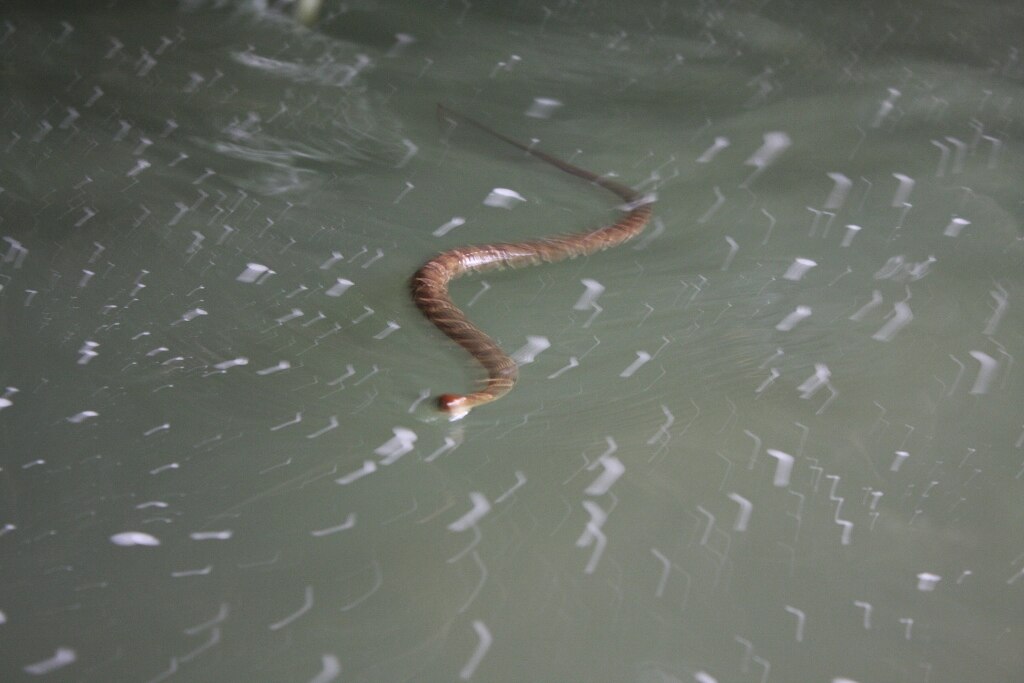
Non-venomous snakes serve as nature’s unsung pest control specialists, keeping rodent populations in check across various ecosystems. A single rat snake can consume dozens of mice annually, providing natural regulation that helps prevent crop damage and reduces the spread of diseases carried by rodents. This ecological service benefits farmers by protecting harvests and saves communities millions in potential pest control costs. Without these silent predators maintaining balance in our ecosystems, rodent populations would explode, leading to significant agricultural losses and increased health risks for humans.
Snake Venom vs. Constriction: Different Methods, Different Heroes
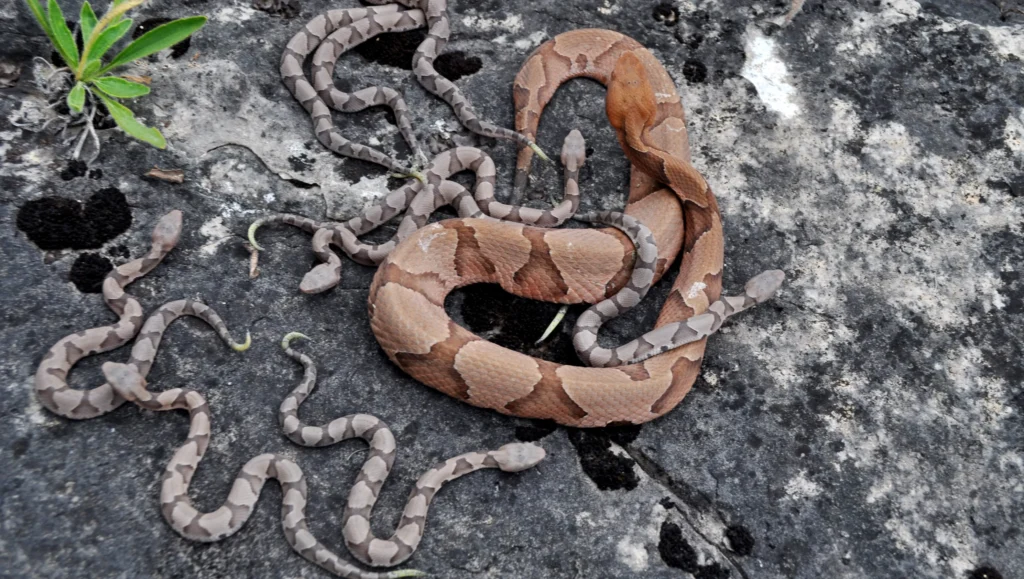
While venomous snakes receive attention for their potent defensive mechanisms, non-venomous constrictors employ equally effective hunting strategies that showcase remarkable evolutionary adaptations. Species like pythons and boas use their powerful muscles to wrap around prey, tightening with each exhale until the prey can no longer breathe. This hunting method requires no venom production, making these snakes more energy-efficient predators in many environments. Constrictors demonstrate nature’s diverse solutions to survival challenges, proving that being venomous isn’t the only path to being a successful predator. These alternative hunting strategies allow non-venomous snakes to fill crucial ecological niches that venomous species cannot.
Household Guardians: Snakes as Pest Controllers
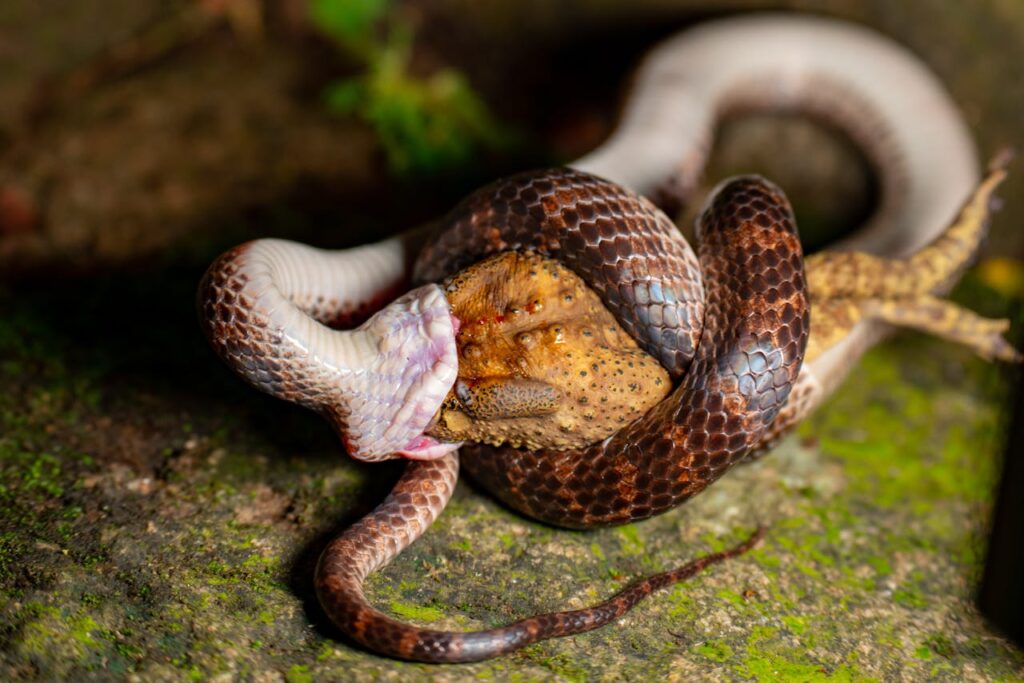
In many rural and suburban areas worldwide, non-venomous snakes like kingsnakes and rat snakes provide invaluable services by controlling populations of household pests. Homeowners who understand this relationship sometimes welcome these reptilian allies, knowing they help manage mice, rats, and even insects without using chemical pesticides. A family of black rat snakes residing near a home can significantly reduce rodent intrusions, preventing property damage and potential disease transmission. This natural pest management system has functioned effectively for millions of years, long before humans developed chemical alternatives, making non-venomous snakes our original pest control heroes.
Medical Research Breakthroughs from Snake Biology
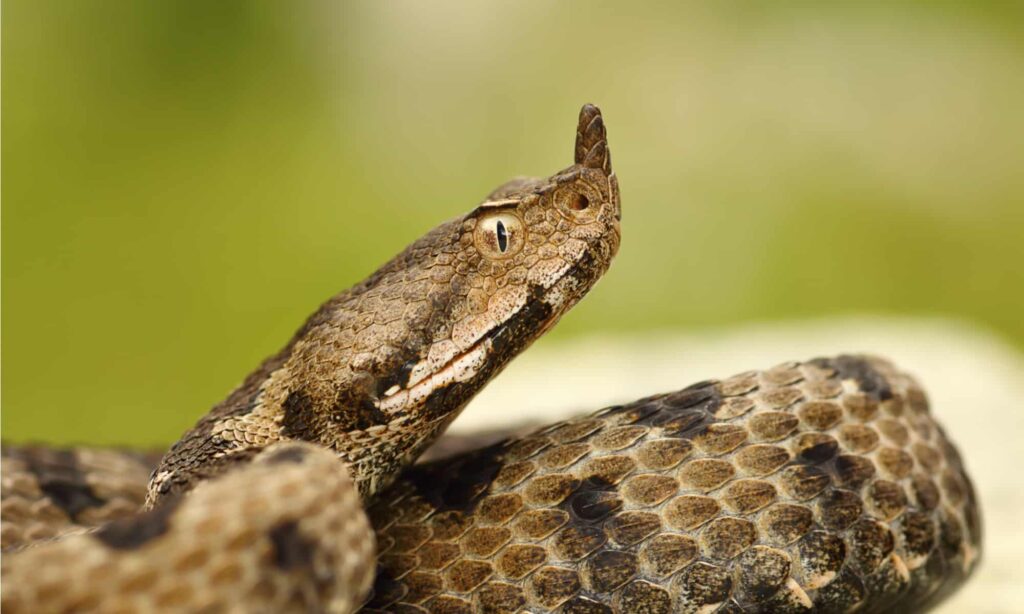
The unique biological adaptations of non-venomous snakes have inspired numerous medical innovations that save human lives. Researchers studying how pythons dramatically increase their organ size during digestion have gained insights into treating human heart disease and other conditions involving organ growth. The incredible elasticity of snakeskin has informed developments in flexible medical devices and specialized bandages. Scientists examining how constrictors can sense heartbeats in their prey have applied these findings to improve cardiac monitoring technology. These biomedical applications demonstrate how non-venomous snakes indirectly contribute to human health without ever entering a medical facility.
Snake Heroes in Cultural Narratives
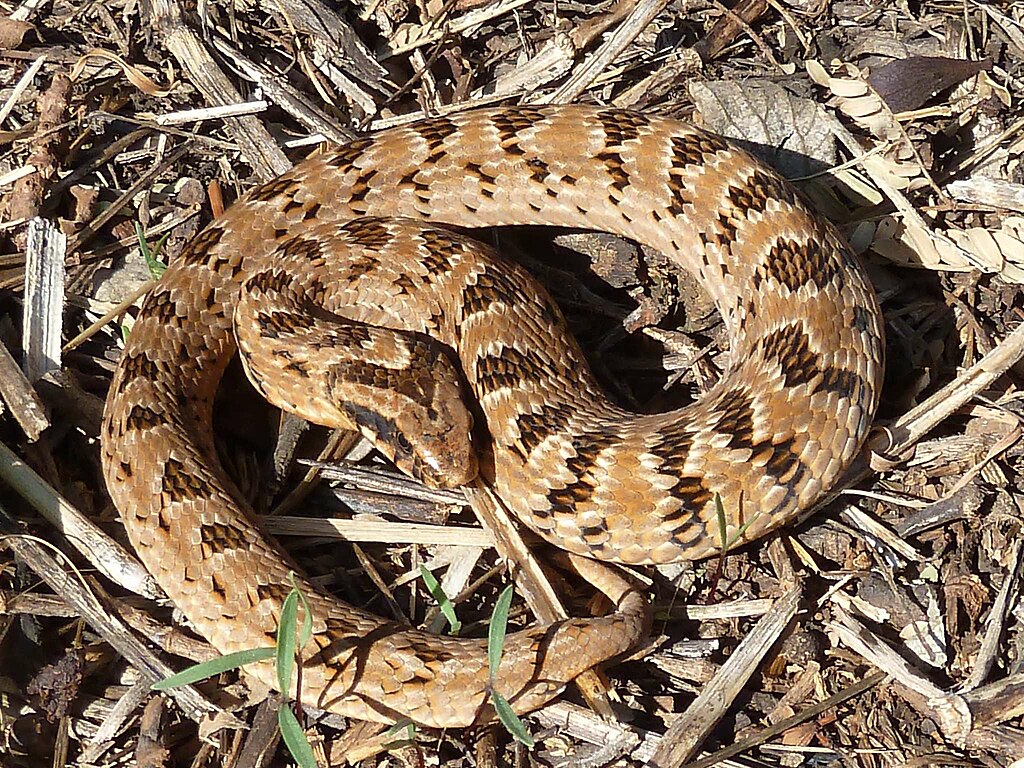
Throughout human history, non-venomous snakes have appeared as positive symbols and even heroic figures in various cultural traditions. In ancient Greek mythology, the non-venomous Aesculapian snake was associated with healing and appears on the Rod of Asclepius, which remains a symbol of medicine today. Many African cultures view pythons as symbols of wisdom and protection, featuring them prominently in positive folkloric roles. Native American traditions often depict particular non-venomous species as bringers of rain or guardians of sacred knowledge. These cultural narratives reveal a deeper understanding of snakes as beneficial creatures that predate modern scientific knowledge, suggesting ancestral wisdom recognized the heroic qualities of these reptiles.
The Snake That Eats Other Snakes: Kingsnakes as Protectors

Kingsnakes represent a fascinating category of non-venomous heroes, specializing in hunting and consuming other snakes, including venomous species like rattlesnakes and copperheads. These remarkable reptiles possess natural immunity to the venom of their prey, allowing them to safely eliminate potentially dangerous snakes from areas frequented by humans and pets. In regions with high venomous snake populations, the presence of kingsnakes can significantly reduce the risk of dangerous snake encounters for local residents. Conservation efforts targeting kingsnakes often emphasize their role as natural controllers of venomous snake populations, making them literal lifesavers in many communities across North America.
Educational Ambassadors: Changing Perceptions
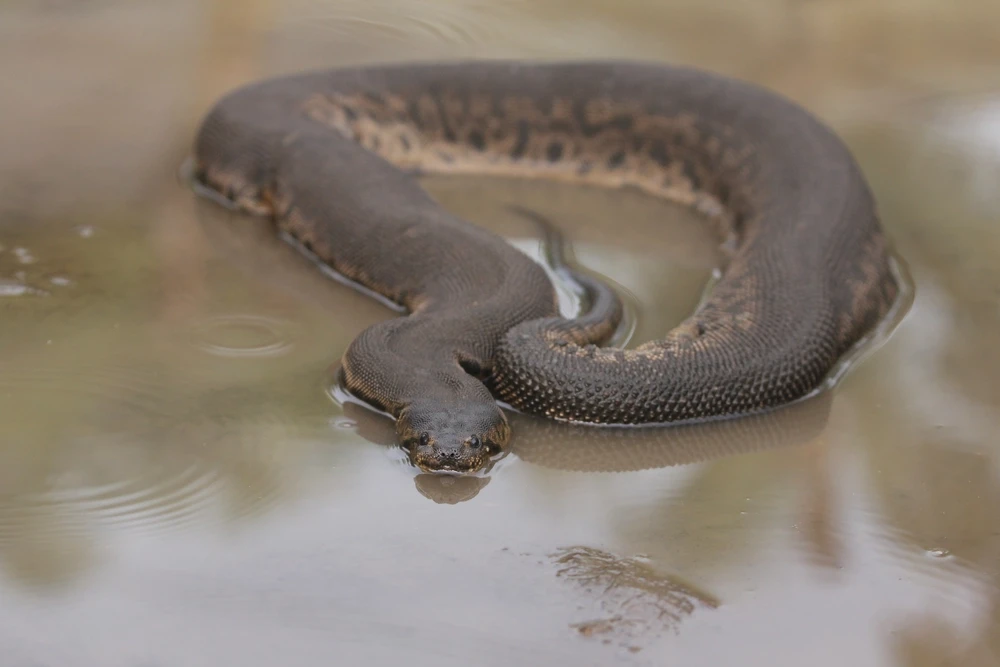
Non-venomous snakes frequently serve as ambassadors in educational programs designed to reduce ophidiophobia (fear of snakes) and promote conservation awareness. Species like corn snakes and ball pythons, with their docile temperaments and striking appearances, provide safe, hands-on experiences that transform fear into a fascination for thousands of children and adults annually. These educational encounters help dispel harmful myths about snakes and foster appreciation for their ecological importance. Wildlife educators report that direct contact with gentle, non-venomous species creates lasting positive attitude changes toward all snakes, potentially saving countless reptiles from unnecessary killing due to misplaced fear.
Heroes of the Agricultural World
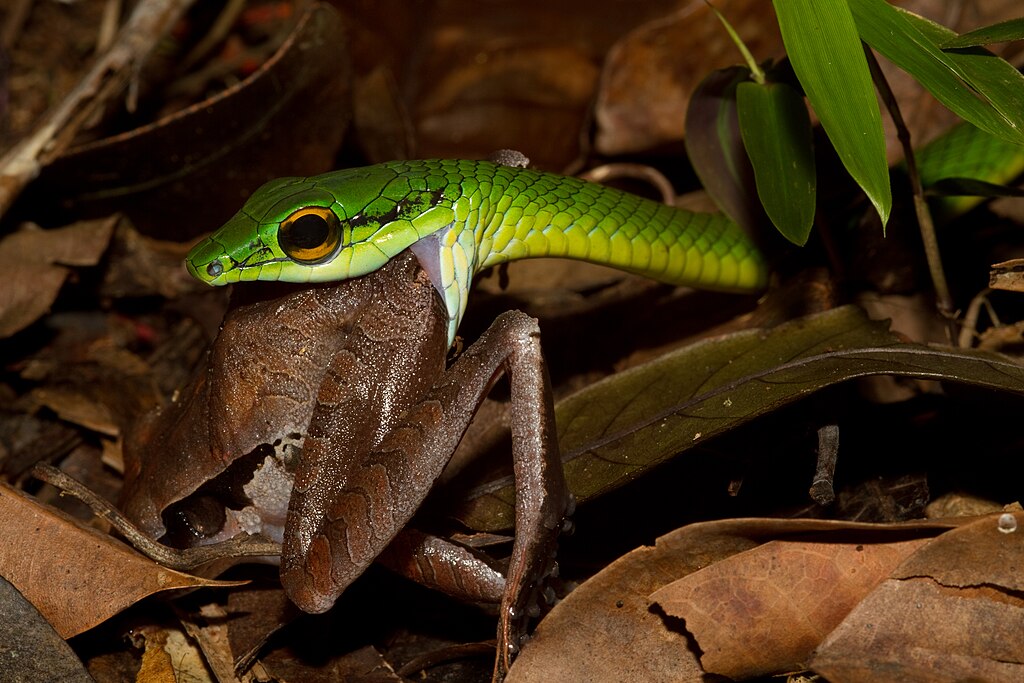
Farmers increasingly recognize non-venomous snakes as valuable allies in sustainable agriculture practices worldwide. These natural predators help maintain healthy fields by controlling rodents that damage crops and spread diseases without requiring chemical interventions. Progressive agricultural operations sometimes create snake-friendly habitats around farm perimeters to encourage these beneficial reptiles to establish residence. Studies have demonstrated that farms with healthy snake populations experience significantly less rodent damage and require fewer chemical rodenticides, creating healthier environments for workers and consumers alike. This ecological partnership between farmers and snakes represents one of the oldest and most effective biological control relationships in agricultural history.
Search and Rescue: Snakes Saving Human Lives
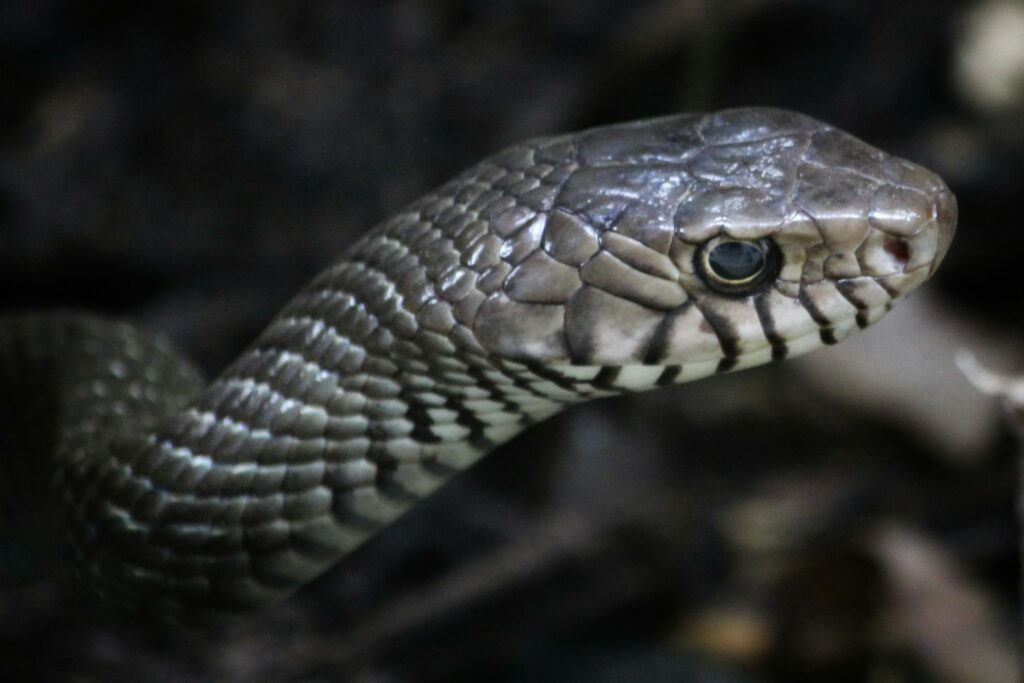
In some remarkable instances, non-venomous snakes have directly saved human lives through unusual circumstances. There are documented cases where people discovered dangerous structural problems in their homes after noticing snakes entering through previously unknown openings, potentially preventing serious accidents. Wildlife researchers tell stories of following non-venomous snakes to hidden water sources during wilderness emergencies, particularly in desert environments. Perhaps most dramatically, there are accounts of large constrictors alerting humans to approaching natural disasters through their sensitive detection of environmental changes before human senses could perceive danger. While not typical heroes, these scenarios demonstrate how these reptiles occasionally provide direct life-saving benefits to humans.
Conservation Heroes: Indicator Species
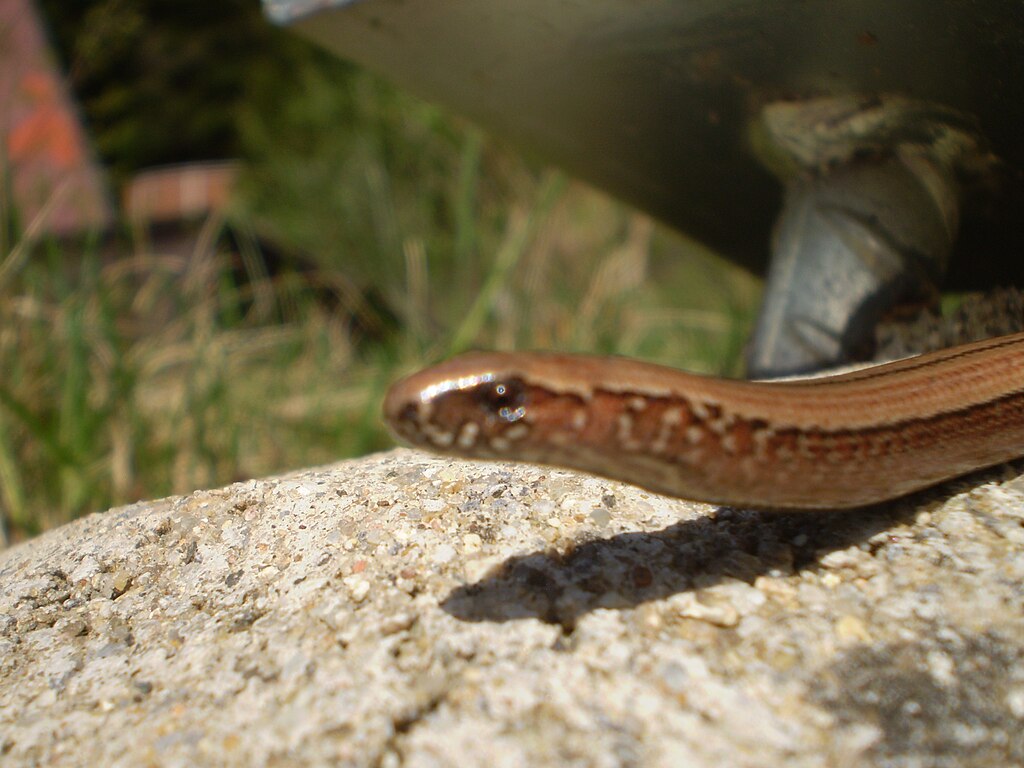
Many non-venomous snake species serve as crucial bioindicators, helping scientists monitor ecosystem health and environmental changes. Their sensitivity to habitat alteration, pollution, and climate change makes them excellent early warning systems for environmental degradation that might otherwise go undetected until causing widespread damage. Conservation biologists track snake population trends to assess ecosystem health, using this data to implement protective measures that benefit entire biological communities. The presence or absence of certain non-venomous snake species can reveal critical information about water quality, soil health, and overall biodiversity in an area. By serving as living environmental monitors, these reptiles help protect countless other species, including humans, who depend on healthy ecosystems.
Pet Snakes: Therapeutic Heroes

Non-venomous snakes kept as companion animals provide significant psychological and emotional benefits for many owners, particularly those with certain conditions or needs. Individuals with autism spectrum disorders sometimes form meaningful connections with snakes, whose predictable movements and non-demanding social nature create comfortable interactions. The routine care requirements of pet snakes can provide a therapeutic structure for people recovering from depression or anxiety disorders. Mental health professionals have noted that responsible reptile keeping promotes mindfulness, reduces stress, and builds confidence in vulnerable populations. The unique sensory experience of handling a snake—feeling its muscles move and skin texture—offers a form of tactile therapy unavailable through traditional pet relationships.
Future Heroes: Snake Conservation Challenges
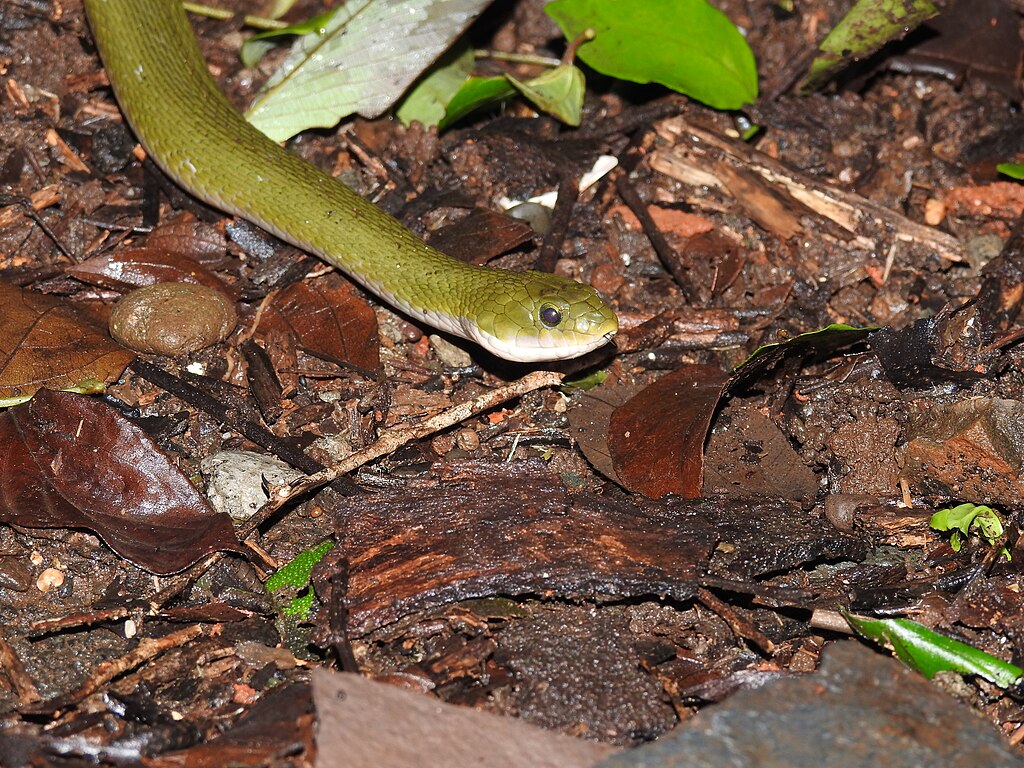
The heroic contributions of non-venomous snakes face significant threats from habitat destruction, climate change, road mortality, and persecution based on misunderstanding. Conservation efforts specifically targeting these beneficial reptiles remain critically underfunded compared to more charismatic endangered species. Researchers warn that losing snake populations could trigger ecological cascade effects, including explosions in rodent populations that damage agriculture and spread disease. Protecting these misunderstood heroes requires coordinated education campaigns, habitat preservation, and policy changes to ensure their continued positive impact on ecosystems and human communities. The future heroism of non-venomous snakes depends entirely on our willingness to recognize their value and take action to ensure their survival.
Conclusion
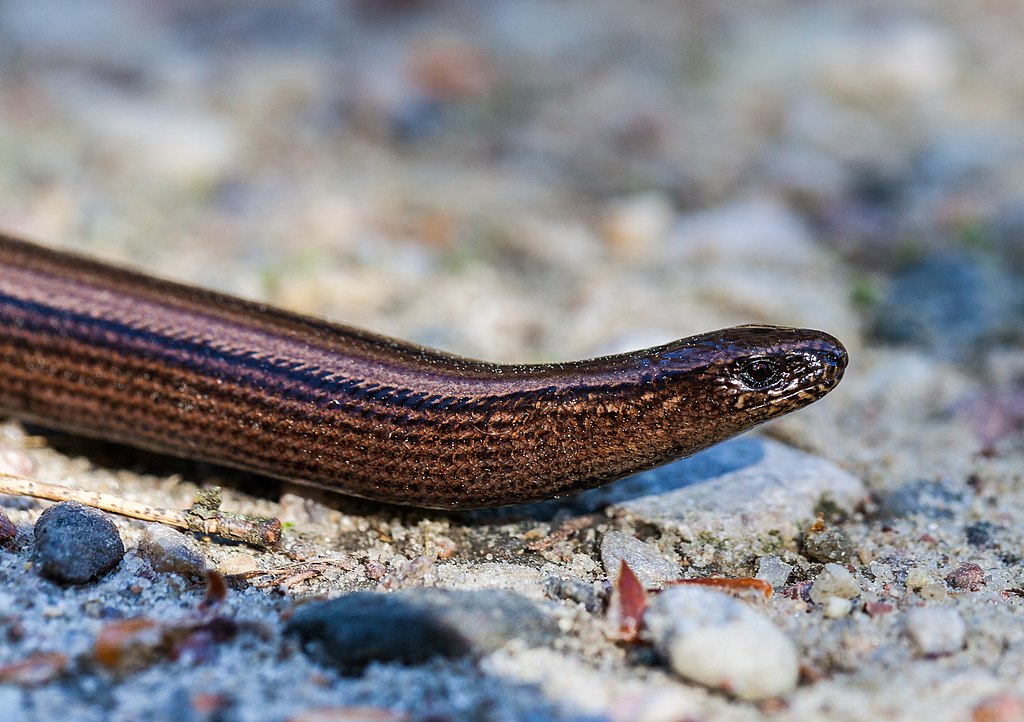
Non-venomous snakes truly embody the concept of unsung heroes in our world. They silently perform crucial ecological services, inspire medical breakthroughs, provide educational opportunities, and occasionally even directly save human lives. While cultural fears and misunderstandings continue to threaten these beneficial reptiles, growing scientific awareness of their positive contributions is gradually shifting public perception. By recognizing the heroic qualities of non-venomous snakes, we not only acknowledge an overlooked ally but also gain a deeper appreciation for the complex web of relationships that sustain healthy ecosystems. Perhaps the most heroic quality these reptiles possess is their ability to thrive and contribute positively despite widespread human fear and persecution—a testament to their remarkable resilience and enduring ecological importance.





